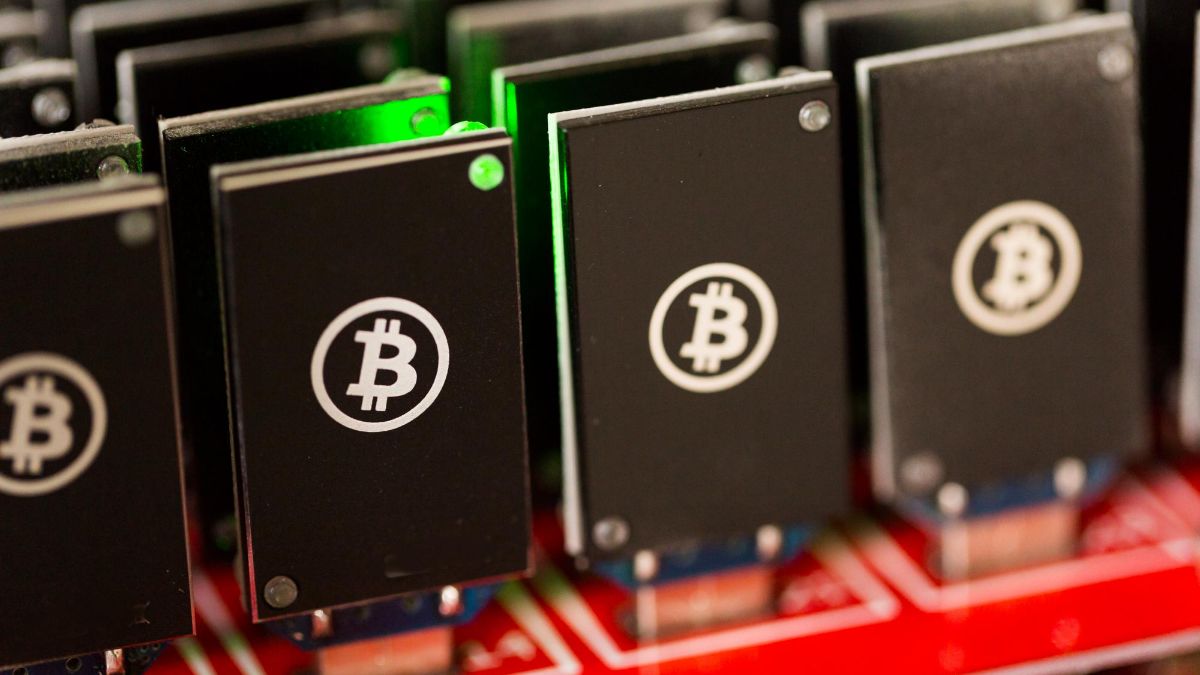
Cryptocurrency has been in existence for more than a decade, but it has soared in popularity only recently. Formerly, it was considered an investment alternative, but today, it has emerged as a viable option for investors’ portfolios, including retirement plans.
Many experts anticipate that 2023 will be a good year for crypto. Surprisingly, global crypto capitalization has risen to $1.19 trillion due to high trading volumes. Now is a great time to invest in crypto, but have you devised a plan for holding crypto safely?
Chainalysis’ 2022 Mid-year Analysis of crypto crime reveals that $ 1.9 billion worth of crypto stolen in scams and hacks resulted in $1.6 billion in losses. The spectacular collapse of the central exchange FTX which trapped many Australians is also a reminder for crypto owners to look for a reliable platform.
On that note, we’ll discuss a few common crypto storage methods so that you can decide which one’s the right pick for you.
Types of Crypto Storage
Generally, there are three storage options for Bitcoin– crypto exchange, hot crypto wallet, and cold storage. We’ve discussed each of them in detail.
1. Crypto Exchange
Digital marketplaces that allow users to use real money to buy cryptocurrencies, such as Ethereum and Bitcoin, are crypto exchanges. Besides trading one type of currency for another, these platforms allow users to turn crypto back into currency.
Crypto exchange platforms are popular because they are user-friendly. However, they are considered “centralized,” and they do not leverage blockchain technology. Note that there are decentralized exchanges where peer-to-peer transactions can be done, but they aren’t easy to use.
Accounts on centralized exchanges are termed wallets. One downside of storing your crypto on exchanges is that the business retains the custody or control of your assets. That means you won’t have access to private keys. Now, such wallets are known as custodial wallets or hosted wallets. You must have faith in the firm running the exchange to protect your assets.
While many exchanges are vigilant and ethical, a few resort to unscrupulous practices. That’s what has created havoc in the industry. This brings to our mind Sam Bankman-Fried’s FTX. Hundreds of investors entrusted the company with their assets but later discovered that FTX was using them to prop up its Alameda Research hedge fund.
2. Hot Crypto Wallet
Software-based crypto wallets are essentially hot crypto wallets. If your crypto exchange account is connected to the internet, it can be classified as a hot crypto wallet.
Non-custodial or self-custodial hot wallets, in particular, are internet-connected from which you can manage the private key and seed phrase for the digital currencies you own. One significant upside is that the private key is stored within the software.
In non-custodial wallets, users are responsible for their own keys. This way, you have maximum control, flexibility, and security over your wealth. No doubt, accessing your cryptocurrencies through an app or browser is convenient, but they are vulnerable to cyber-attacks, just like everything on the internet.
3. Cold Storage
Wallets that aren’t connected to the internet are known as cold storage wallets. No wonder they offer the highest level of security for Ethereum and Bitcoin storage.
Cold storage wallets are dedicated devices where users’ private keys are stored safely. These devices could range from simple USB devices or specifically designed hardware with accessibility features and custom security.
Paper-based documentation is also a non-custodial cold storage wallet, but it’s out of favor due to the fragility of paper.
Casa contends that hardware wallets are the safest way to store your assets because they are difficult to attack without accessing the device. It further suggests users secure their crypto assets with multiple keys. Also known as multiple sig, multi-keys minimize the risk of single-point failure.
Things to Consider When Choosing Your Cryptocurrency Storage Option
Here’s what you must consider when deciding how to store your crypto:
1. Types of Tokens
If you hold ERC20 tokens created using the Ethereum blockchain, beginner-friendly crypto exchanges will be your best bet. However, you will need an extra wallet to store other ERC20 tokens and Bitcoins.
2. Amount of Tokens
Having more funds or holding large amounts of tokens means you need a secure platform to store your Bitcoin. In that case, you should opt for hardware or cold storage wallets.
3. Trading
How often you intend to move crypto is another thing you must consider. For short-term trades, speed is more important than security. Opting for a hot storage wallet will be your best bet because cold storage wallets aren’t meant for frequent trading activity.
4. Ease of Use
Not every platform has a user-friendly interface. In case you opt for such a platform, you’ll face lots of challenges while operating it. To avoid that, look for a platform that is easy to use so that you do not face any issues.
The Bottom Line
With the cryptocurrency market witnessing an upside momentum, now is the best time to invest in Bitcoin and Ethereum.
Whether you intend to invest in a handful or large amounts of cryptos, storing them securely is important. Cold storage is considered the safest of all storage methods because they aren’t internet-connected. Therefore, the possibility of cyberattacks is zero. However, make sure you keep the device safe. Otherwise, anyone can access it and steal your cryptocurrencies.
However, if you wish to trade your cryptocurrencies more often than not, opt for hot storage wallets.




